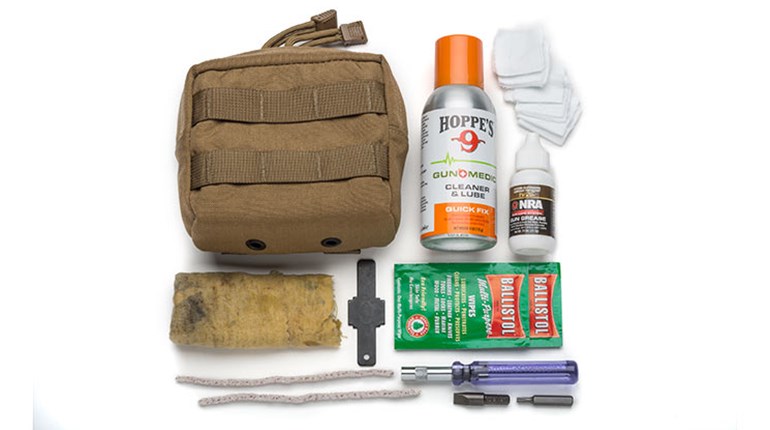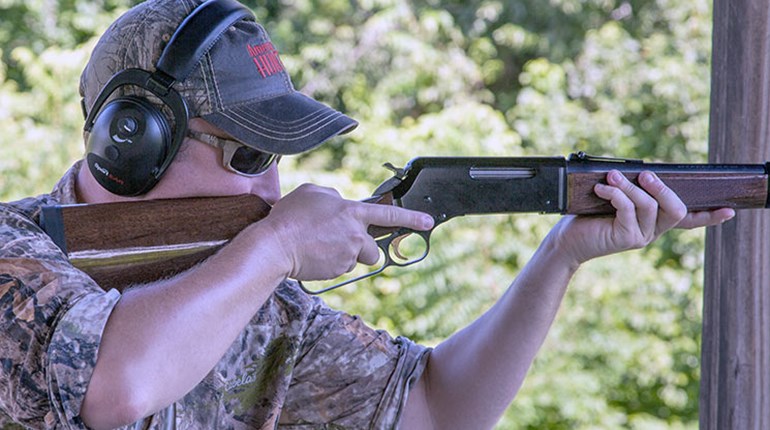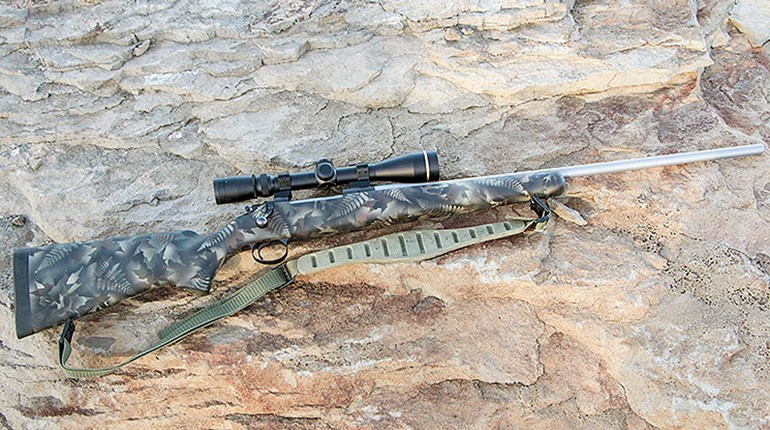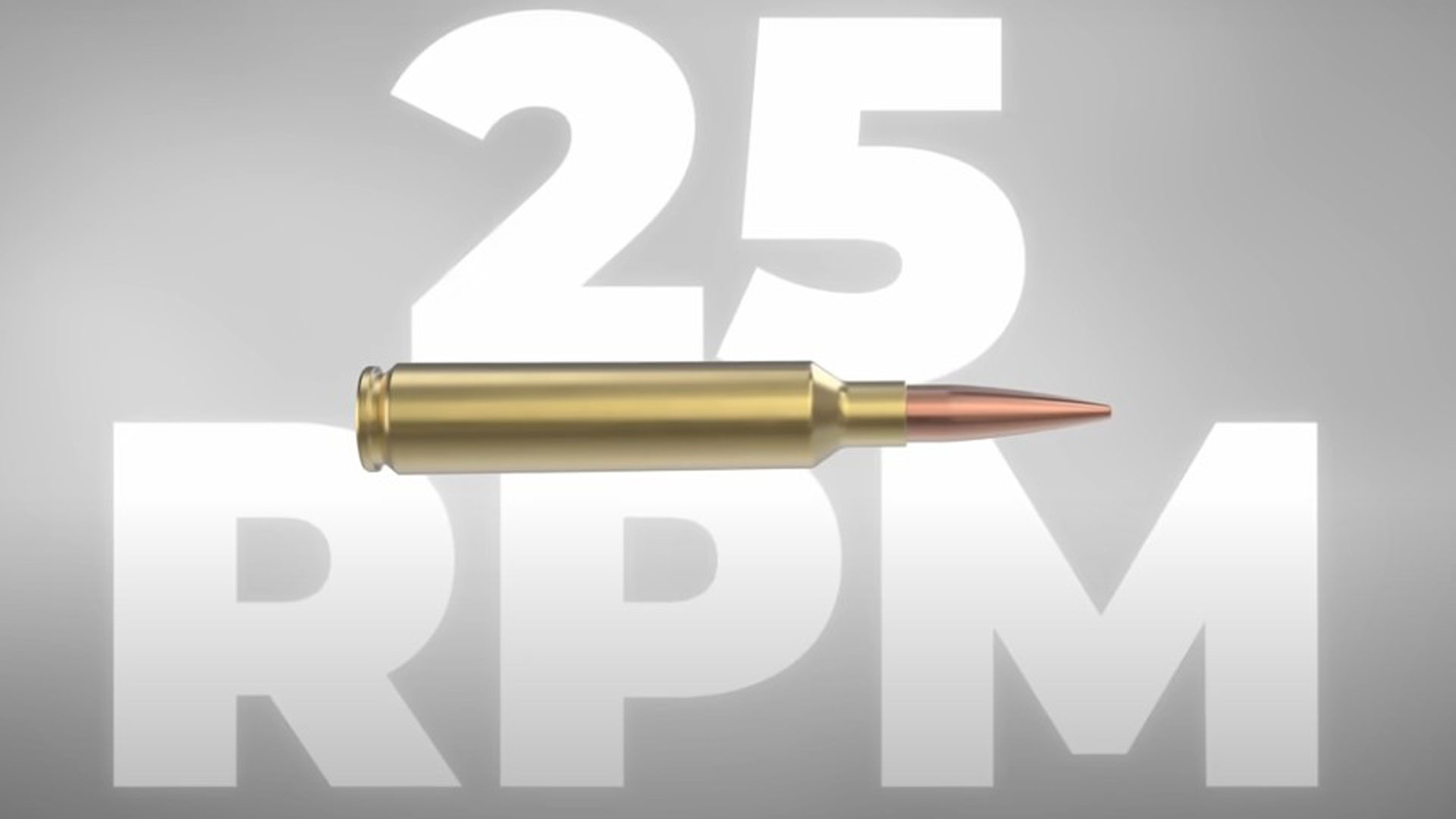Somewhere in the darkest corner of the tepid, black-water depths lay a monster. The few feet of white nylon rope we could see stretched taut beneath the still surface pointed to its lair. Beyond that, the connection to our prehistoric quarry disappeared in the murk, leaving us to ponder aloud in quavering voices about the size of what was on the other end of the line.
My hunting partner brushed a spider from his shoulder and checked the chamber of his handgun. We were about to tangle with a reptile having cold-blooded ties to T-Rex and a maw lined with teeth larger than our thumbs. Suddenly the skinny aluminum hull separating us from the water seemed to offer little security.
Hunting alligators is an experience that borders on the surreal. Familiar oaks and hickories are replaced by primeval palms and waterlogged cypresses draped with old man’s beard. Instead of quietly hiking along a ridge, you skim through a swamp in an airboat that makes so much noise you have to shout to communicate. You trade your parka and boots for a T-shirt and sandals, scent-eliminating spray for heavy doses of DEET. You engage the game in a tug of war, muscling it from the tea-colored depths until it rolls along the boat and presents a fleeting opportunity to pierce its walnut-sized brain with a hastily aimed bullet.
That’s how they do it in Florida, at least on private land, and in the swamps and bayous across the Deep South. Gator populations are strong there, ever-expanding; in some places the menacing critters cause humans to fret by swimming in their pools and snacking on their poodles. Hunting techniques vary. Snagging hooks and bang-sticks are used, but often it’s a combination of fishing and trapping and hand-to-hand combat with a point-blank shot in the final moments that ends water-sprayed struggles. Taking full advantage of a gator’s relish for rotting flesh, hunters skewer chunks of putrid beef lung on massive hooks hung a couple feet above the water. They tie the hooks to trees with a length of sturdy rope, and leave them for the gators to find. Then it’s a matter of bringing the gators to the boat for a shot.
We already had a half-dozen gators piled by our feet like logs—their mouths bound shut with liberal wraps of duct tape—by the time our host took us to a channel where he had set a line for a particularly large one the night before. Now, with the hook gone and the rope pulled toward the bottom, it was time to do battle.
The first few feet of cord came easy, as if the gator had chewed through the line and was gone. But then there was steady resistance, though it was not accompanied by the usual frenzied thrashing brought by the gators we had fought earlier. This one stayed deep, calculating its next move, giving in to the tug from above until it could get close enough to stop the annoyance. Six feet from the boat, the gator slowly rose to the surface, its head and jaws larger than our chests. One powerful swipe of its tail, and it would be in our laps. My partner was quick on the trigger to prevent this, his three shots hitting the gator squarely in its leathery skull behind its yellow eyes. We were both shaking slightly, mostly from adrenaline but also maybe a bit of fear. Like the fossilized skeletons of its ancestors displayed in the Smithsonian, a 12-foot alligator is scary even when it’s dead.





































